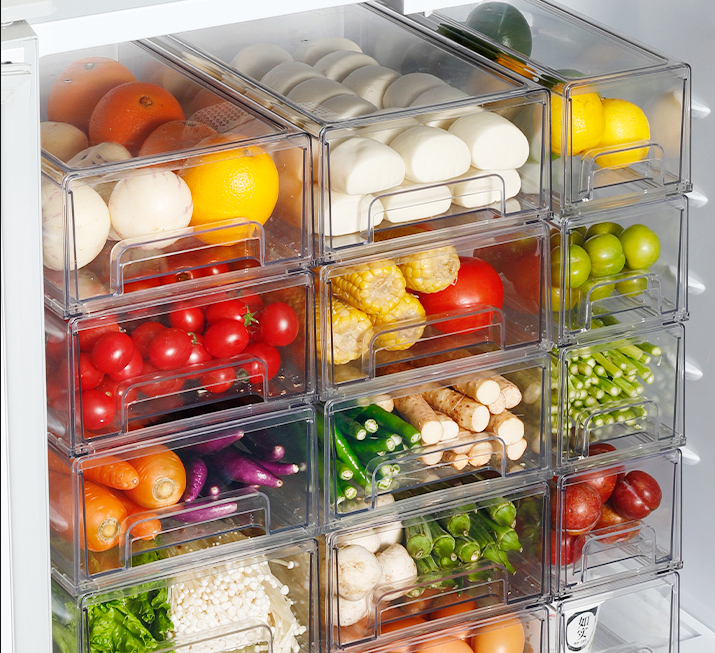Have you ever wondered how food storage bins help preserve the freshness of your ingredients? In this article, we delve into the science behind food storage and explore how these bins contribute to extending the shelf life of your favorite foods.
The Role of Food Storage Bins
Food storage bins are designed with specific features that aid in preservation:
- Airtight Seals: Many food storage bins feature airtight seals that create a barrier against moisture and oxygen. This prevents the growth of mold, bacteria, and other microorganisms that can spoil your food.
- Opaque Materials: Bins made from opaque materials shield your ingredients from harmful UV light, which can cause food to deteriorate and lose flavor.
- Temperature Regulation: Some food storage bins are designed to insulate against temperature fluctuations, helping to keep your ingredients at the optimal temperature for freshness.
Proper Food Storage Techniques
To maximize the benefits of food storage bins, it’s essential to follow proper food storage techniques:
- Label and Date: Always label your bins with the contents and date of storage to ensure you use ingredients before they expire.
- Rotate Stock: Practice the “first in, first out” (FIFO) method to ensure older items are used before newer ones.
- Keep it Clean: Regularly clean and sanitize your food storage bins to prevent cross-contamination.
Choosing the Right Food Storage Bins
When selecting food storage bins, consider the type of ingredients you plan to store and your storage space. Clear plastic bins are excellent for dry goods, while airtight glass containers are ideal for items like flour, sugar, and coffee beans.
Conclusion
Understanding the science behind food storage bins empowers you to make informed choices about the containers you use in your kitchen. By selecting the right bins and practicing proper storage techniques, you can enjoy fresher and safer ingredients for your culinary creations.
























